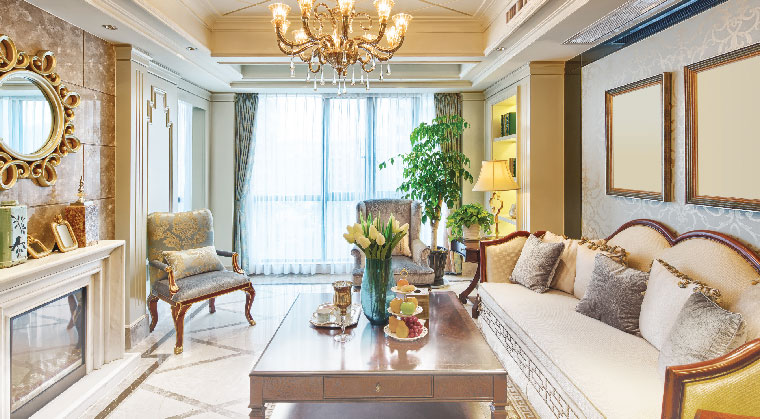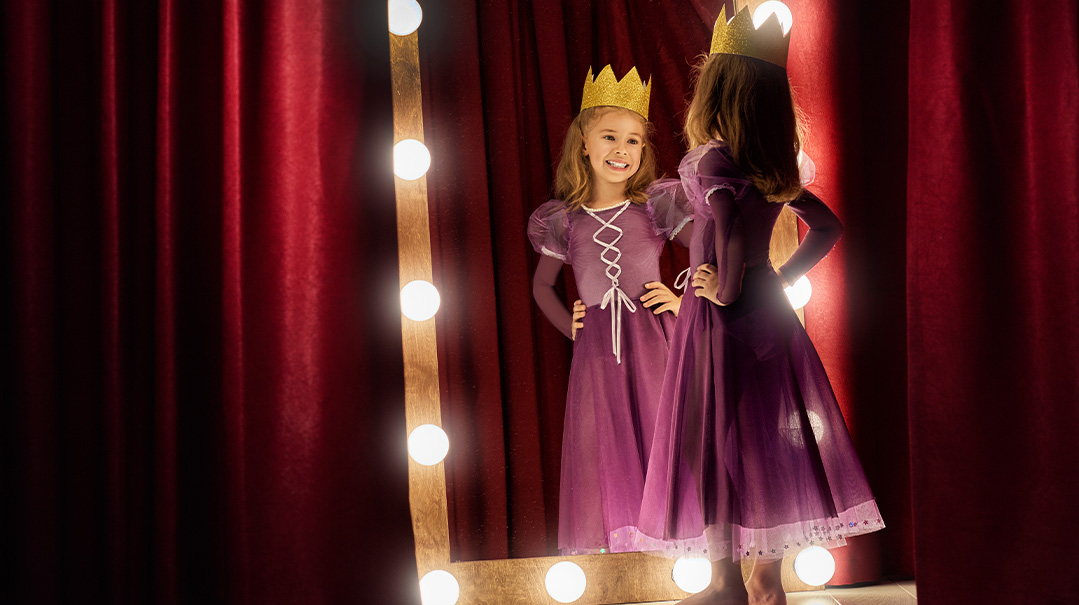A Proud Hungarian


I was in sixth grade when I encountered racism for the first time. “What is an example of a stereotype?” my English teacher asked rhetorically. “Well, for instance, that Hungarians have chandeliers in their bathrooms.”
My head snapped up in shock.
To be fair, at that time, our bathroom had a typical bathroom-y sconce. But years later, when Ma revamped the bathroom, she replaced the linen-white paint with striped wallpaper, got a glass-topped vanity, and installed a — cough — smallish chandelier.
“So we’re stereotypical Hungarians,” I sighed, pondering my childhood trauma.
“If I have a chandelier in my bathroom,” Ma reasoned, “why should it bother anyone? It’s my bathroom, after all.”
When I was five, my mother was bequeathed an unexpected monetary gift. After many years of sufficing with analyzing decorating magazines, she replaced her living room furniture with English provincial pieces in shades of green, white, and yellow. The sofas and chairs weren’t meant for sitting on, though. There was a family room for that. These delicate, pretty things were for adult company, not for roughhousing children.
It became a grumbling joke with my siblings that the eineklach were forbidden entry into the divine sanctum. Ma was unmoved. Every other room was stocked with kid-friendly books and toys; she requested that one area remain untouched by potentially grimy paws.
Make no mistake, the lived-in rooms were lovely too. Discount stores provided furniture, rugs, paintings, vases, picture frames, throw pillows, blankets, lamps, and baskets. These accessories resulted in a cozy house, and the children happily burrowed into the comfy cushions beneath fuzzy blankies with piles of reading material on Shabbos afternoons.
Herend porcelain, the exquisitely painted pieces imported from Ma’s homeland that she sporadically invested in, was strategically scattered about the living room. Only one was lost to a swift two-year-old nephew.
Some of my dates were taken aback, if not flat-out offended, by the pearlized wallpaper and wood-painted sideboards, but that was due to their family culture. A product of my upbringing, I reveled in the delights of a welcoming home, where personal touches uplift the soul — yes, the soul. It was no sensation of earthy gashmiyus that gripped me, but a familiar expansiveness of the heart, the kind that accompanies a really good davening.
I once tried to validate our décor with religion. “I heard once,” I eagerly explained in my defense, “that the reason why we cannot go back to Mitzrayim is because we can learn something from every culture and nation, and we got what we needed from them. So what do we learn from Hungary? Hiddur mitzvah!” As far as I recall, the other side wasn’t particularly sold.
Ma’s beloved English bone china and sparkling glasses elevated our Shabbos dining to another level of spiritual delight. Bouquets of Costco flowers graced her Shabbos and Yom Tov tables. The succah was decorated with equal consideration; adornments were selected for their beauty as well as sturdiness. Ma even invested in a second set of china for Pesach, which greatly enhanced our Sedarim. The silver leichter, menorah, and esrog halter were vehemently polished until they gleamed. Exalting a mitzvah with proper accoutrements granted her the greatest joy.
The practical appealed to Ma as well; she scoured the aisles for the best pots and cooking tools to make food preparation easier (after all, according to stereotype, Hungarians are excellent cooks). If her daughters or daughters-in-law needed a specific pan, she had it.
Until the unthinkable happened.
(Excerpted from Family First, Issue 629)
Oops! We could not locate your form.







